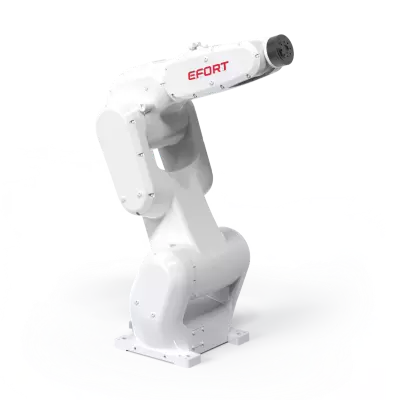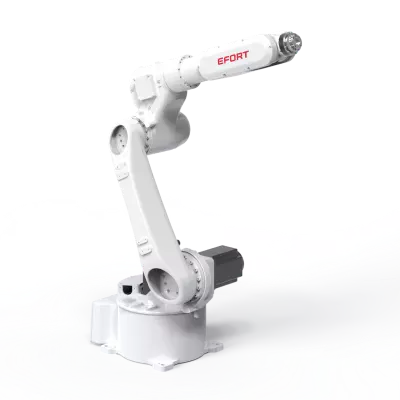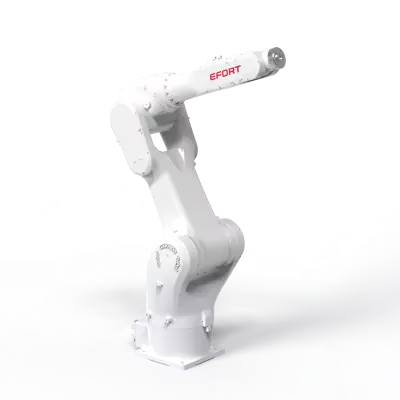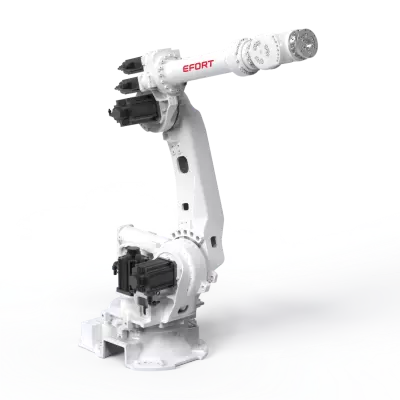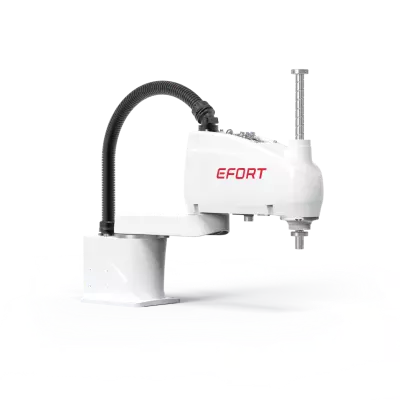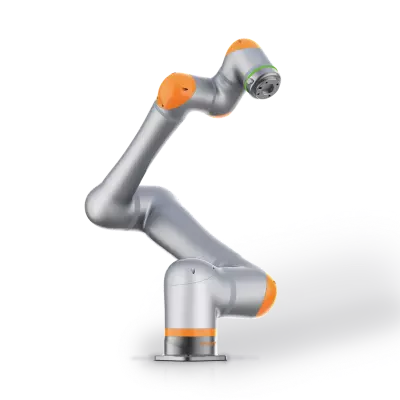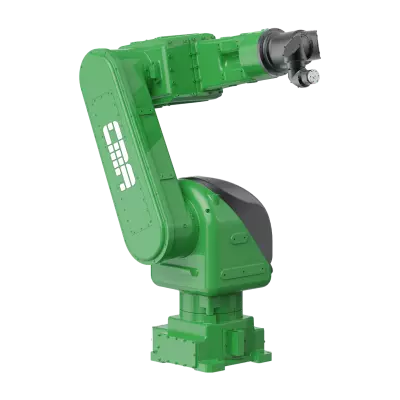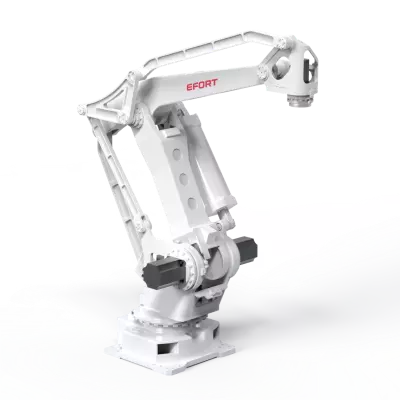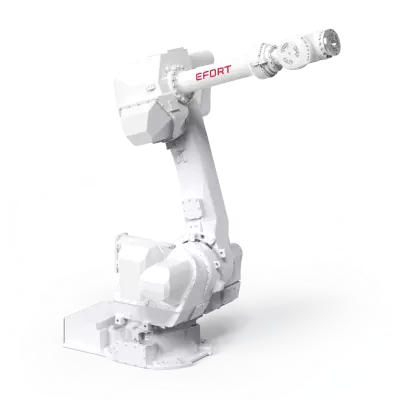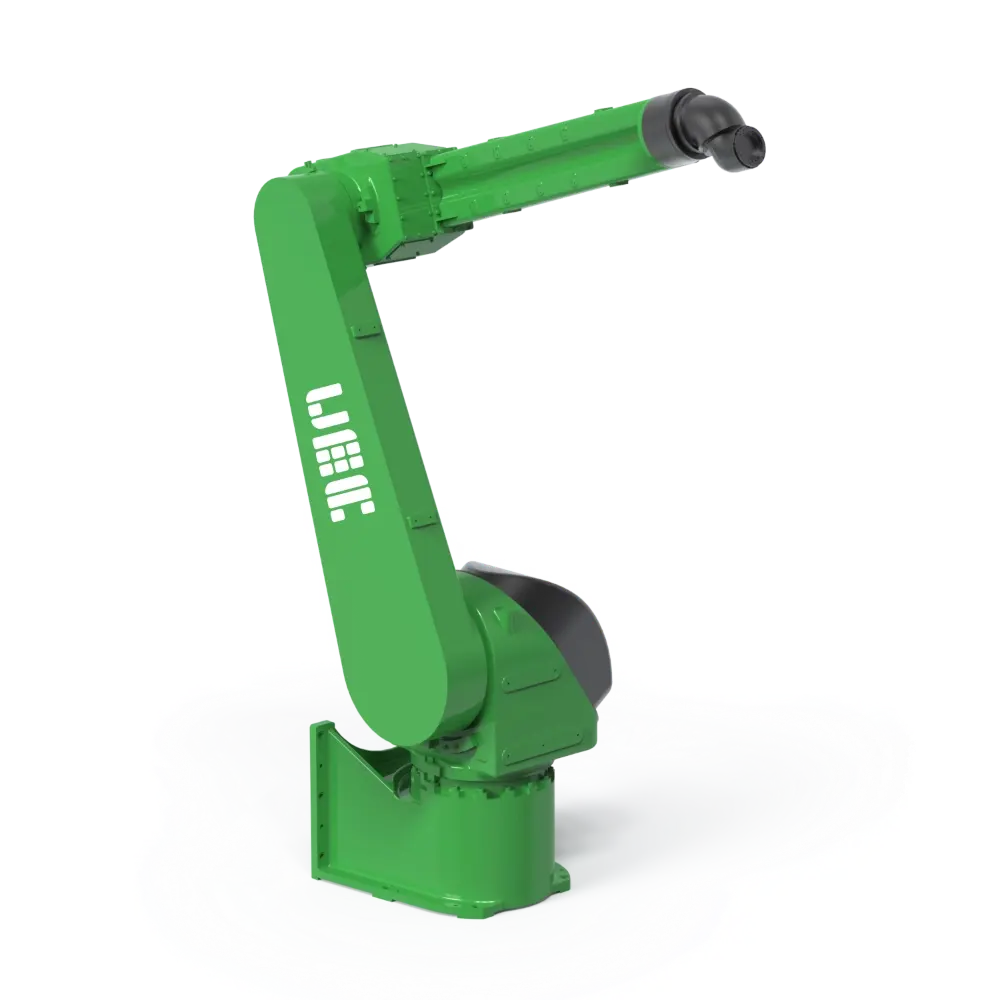Comprehensive Guide to Desktop Robot Selection
Release time: 2025-10-17
Whether improving work efficiency, optimizing production processes, or enabling precise operations, desktop robots can significantly enhance the convenience and accuracy of daily tasks. However, with the wide variety of desktop robots on the market and their diverse functions, choosing the right one for your needs presents a challenge for many businesses and individuals.
EFORT provides a detailed purchasing guide covering multiple dimensions, helping you select the right desktop robot based on your specific needs, thereby improving work efficiency and reducing labor costs.

1. Identifying Desktop Robot Application Scenarios
Before purchasing a desktop robot, it’s important to first understand its application scenarios and requirements. Different use cases require different desktop robots:
- Office Automation: If you need a robot that can automate daily office tasks (such as data organization, document management, and email sorting), choose a desktop robot with high intelligence and programmability.
- Education and Research: For schools or laboratories, robots need to be programmable, flexible, and have high repeatability. Common applications include teaching demonstrations and lab support.
- Manufacturing and Assembly: In industrial environments, desktop robots typically require high precision and payload capacity for automated assembly, handling, or inspection of small parts.
- Service Industry: Some high-end desktop robots can also be used in service areas such as reception and customer service, equipped with voice recognition and facial recognition features to enhance interactivity.
After clarifying the application scenario, you can select a robot model based on your needs to ensure you are purchasing the most suitable product.
2. Key Parameters of Desktop Robots
When selecting a desktop robot, the following performance indicators are crucial:
- Precision and Stability: The precision of a desktop robot directly affects the accuracy of task execution, especially in precision and repetitive tasks. Depending on the task requirements, you can select a robot with high motion accuracy (e.g., within 0.1mm) to ensure high stability during each operation.
- Speed and Responsiveness: Task completion speed is crucial for improving work efficiency, especially in automated office work or mass production. The robot’s response time and operating speed must meet daily operational requirements. Ensure that the selected desktop robot has efficient task processing capabilities and can complete tasks in a short time.
- Payload Capacity: Choose a desktop robot with an appropriate load capacity based on your needs. If you need to move or assemble heavy objects, the robot should have a higher load capacity. You can usually confirm its maximum load range in the product description.
3. Ease of Operation
A robot should not only be powerful, but also easy to operate. For most users, especially non-technical personnel, a simple user interface and intuitive controls are crucial.
- Programming Method: Choose a desktop robot that supports graphical programming and simple debugging, avoiding overly complex programming requirements.
- Interface: High-quality desktop robots often feature an intuitive touchscreen, voice control, or a mobile app, allowing users to easily set up and monitor the robot’s operating status.
4. Brand and After-Sales Service:
When choosing a high-quality desktop robot, in addition to considering its hardware performance, the brand’s reputation and after-sales service are equally important. High-quality brands often provide comprehensive technical support, equipment maintenance, and regular upgrades.
- Technical Support: Ensure the brand offers comprehensive support, including technical consultation and troubleshooting.
- After-Sales Service: Choose a brand that offers a long warranty and equipment maintenance service to ensure that any product issues are quickly resolved.
5. Budget and Value for Money
When choosing a desktop robot, budget is an important factor. You need to comprehensively consider the robot’s features and performance, along with your budget, to find the best value for money. A higher budget doesn’t necessarily mean it’s a better fit for your needs; sometimes, a more affordable desktop robot can provide just as efficient work.
Choosing the Best Desktop Robot for You
Desktop robots will be crucial assistants in the future of office, scientific research, and manufacturing. When choosing a desktop robot, you should comprehensively evaluate its specific application scenario, performance requirements, ease of use, and after-sales service. Choosing the right one will not only improve work efficiency but also help you automate routine tasks, freeing up human resources and improving precision.
If you are still worried about choosing the right desktop robot, please feel free to contact our professional team and we will provide a customized desktop robot solution based on your needs.

